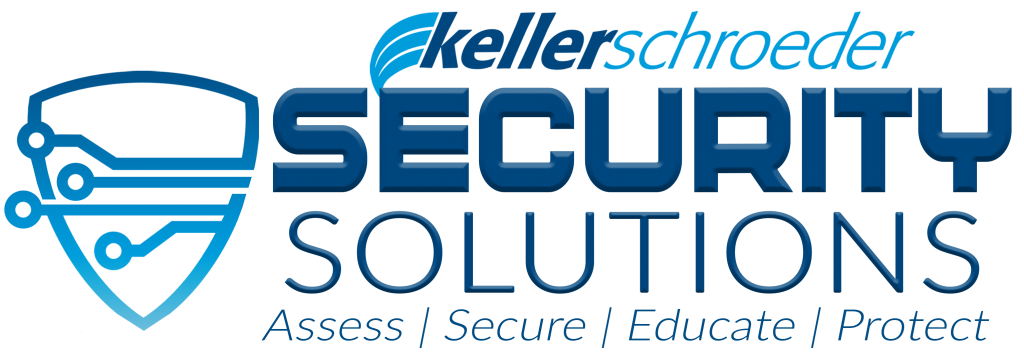Learn how cybercriminals use Microsoft Visio in phishing scams to steal credentials. Spot fake emails and protect sensitive info.

You may have used Microsoft Excel, Word, and PowerPoint for work projects, but you might be less familiar with Microsoft Visio. Visio is used to make diagrams and flow charts. However, cybercriminals are using this tool to try to steal your user credentials. In this week’s scam, cybercriminals send you a phishing email that contains a link. The email appears legitimate, and it looks like a proposal or purchase order.
If you click the link, you will be taken to a Microsoft Sharepoint page that contains a Visio file. The Visio file contains another link, and you will be instructed to press your Ctrl key and click the link. If you press this key, it will bypass security features on your computer and allow the link to direct you to a fake Microsoft login page. The cybercriminals can see any information you enter here, and they are trying to trick you into giving them your sensitive information!
Follow these tips to avoid falling victim to a phishing scam:
- If you receive a suspicious email, be cautious. If you have doubts about the email’s legitimacy, follow your organization’s procedure to report it.
- Always be cautious when opening unexpected attachments or files, even if they appear to come from someone you might know.
- Always think before you click. Cyberattacks are designed to catch you off guard and trigger you to act impulsively.
Stop, Look, and Think. Don’t be fooled.

KnowBe4 is the world’s most popular integrated platform for awareness training combined with simulated phishing attacks. Let Keller Schroeder show you how KnowBe4 has helped thousands of organizations just like yours manage the continuing problem of social engineering. Contact us today to learn more.
DISCLAIMER : Any non-technical views expressed are not necessarily those of Keller Schroeder or its employee-owners.




